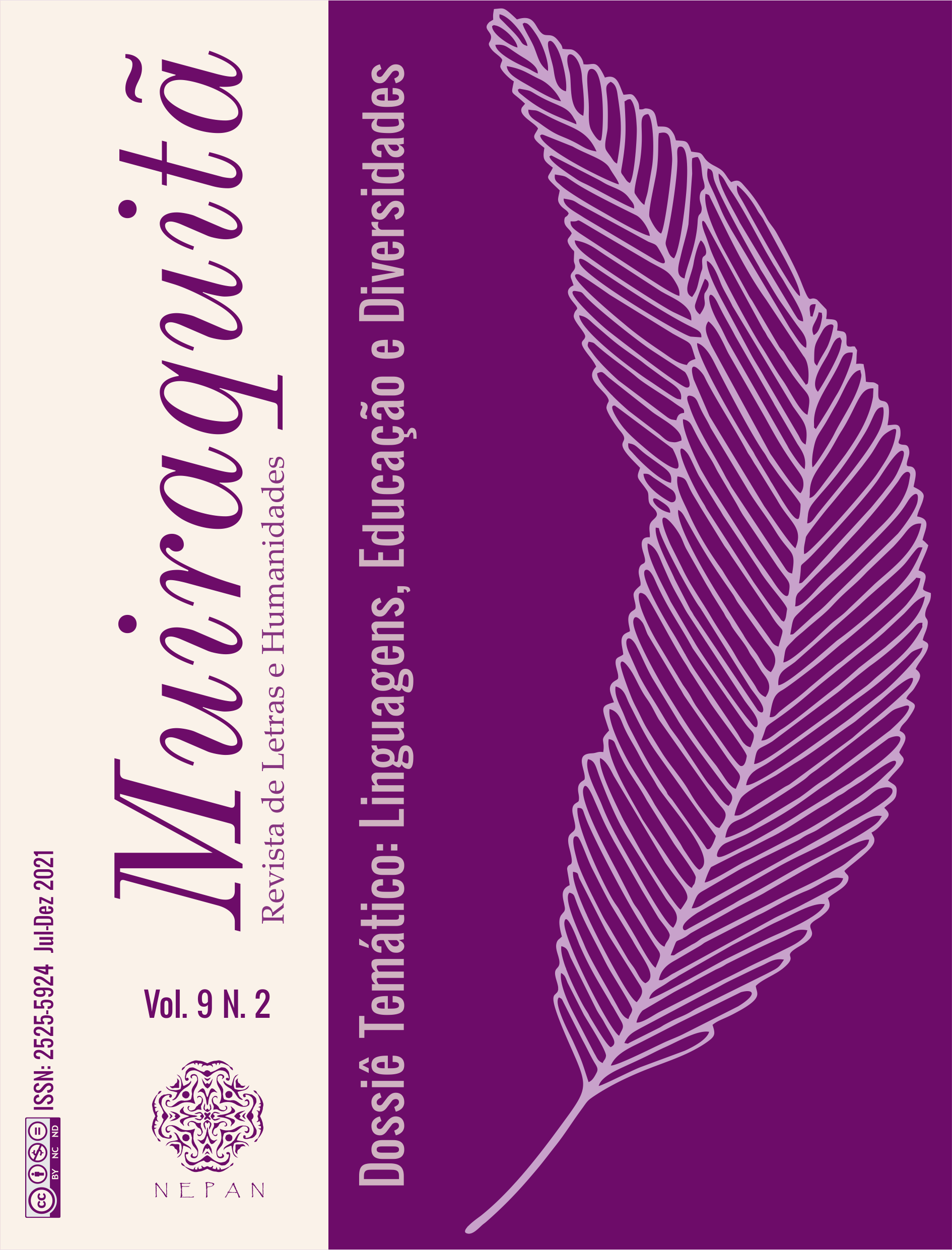From the social invisibility of deafness to its enclosure heterogeneity in the writing of ENEM
DOI:
https://doi.org/10.29327/210932.9.2-18Keywords:
Essay. ENEM. Shown Heterogeneity. Constitutive HeterogeneityAbstract
This article aims to analyze model essays of the do Exame Nacional do Ensino Médio (ENEM), referring to the year 2017, whose theme “Challenges for the education of deaf people in Brazil” translates a singular relevance for society. Based on French Discourse Analysis and on studies of discursive genres, this work observes the records of shown and constitutive heterogeneity of language in 4 (four) excerpts from essays that received maximum marks in due examination and that reveal how heterogeneity formulates a way of materializing the other in the text. In this process of textual construction and insofar as interdiscursivity constitutes the saying and its meaning effects, the relationship that the discourse establishes with its other is inscribed. Thus, the theme alluding to deafness and its historically silenced vulnerabilities gains prominence in enunciative conditions of production regulated by otherness.
Downloads
References
AUTHIER, J. Entre a transparência e a opacidade: um estudo enunciativo do sentido. Tradução de Leci B. Barbisan e Valdir N. Flores. Porto Alegre: Edipucrs, 2004.
BAKHTIN, M. Estética da criação verbal. Tradução de Paulo Bezerra. 4. ed. São Paulo: Martins Fontes, 2003.
CARVARLHO, M. A. F. Produção e intelecção de textos: fios condutores no processo de ensino-aprendizagem. In: ALVES, W.; RODRIGUES, M. L. (Orgs.). Discurso e sentido: questões em torno da mídia, do ensino e da história. São Carlos: Claraluz, 2007.
FAÏTA, D. A noção de “gênero discursivo” em Bakhtin: uma mudança de paradigma. In: BRAIT, B. (Org.). Bakhtin, dialogismo e construção do sentido. Campinas, SP: Editora da UNICAMP, 1997.
FIORIN, J. L. Interdiscursividade e intertextualidade. In: BRAIT, B. (Org.). Bakhtin: outros conceitos chave. São Paulo: Contexto, 2006, p. 161-193.
FOUCAULT, M. A ordem do discurso. Tradução de Laura F. A. Sampaio. 9. ed. São Paulo, SP: Loyola, 2003.
LIMA, F. F. P. A.; BACELAR, A. P. S. Das práticas sociais ao conteúdo temático: interfaces da intervenção no gênero redação do Enem. Linguagem & Ensino, Pelotas, v. 22, n. 1, p. 87-101, jan./mar. 2019.
MAINGUENEAU, D. Primado do interdiscurso. In: MAINGUENEAU, D. Gênese dos discursos. Trad. Sírio Possenti. Curitiba, PR: Criar Edições, 2005.
PAVEAU, M. A. Reencontrar a memória: percurso epistemológico e histórico. In: FERREIRA, M. C. L.; INDURSKY, F. (Orgs.). Análise do discurso no Brasil: mapeando conceitos, confrontando limites. São Carlos: Claraluz, 2007.
PILAR, J. A Redação de vestibular como gênero. In: MEURER, J. L.; MOTTA-ROTH, D. (Orgs). Gêneros textuais e práticas discursivas: subsídios para o ensino da linguagem. Bauru, São Paulo: EDUSC, 2002.
POSSENTI, S. Sobre discurso e texto: imagem e/de constituição. In: POSSENTI, S. Sobre a estrutura do discurso. Campinas: UNICAMP, 1981.
POSSENTI, S. Teoria do discurso: um caso de múltiplas rupturas. In: MUSSALIM, F.; BENTES, A. C. (Orgs.). Introdução à linguística: fundamentos epistemológicos. V. 3. 5. ed. São Paulo: Cortez, 2011.
ROJO, R. Gêneros do discurso e gêneros textuais: questões teóricas e aplicadas. In: BONINI, A.; MEURER, J. L.; MOTTA-ROTH, D. (Orgs.). Gêneros: teorias, métodos, debates. São Paulo: Parábola, 2005.
ROJO, R.; BARBOSA, J. Hipermodernidade, multiletramentos e gêneros discursivos. São Paulo: Parábola Editorial, 2015.

















